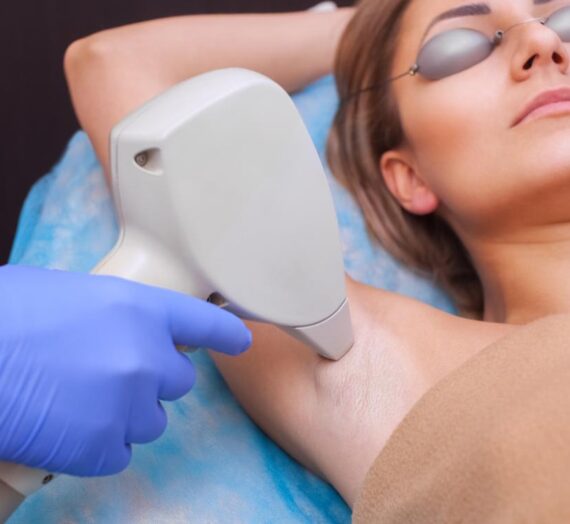Lipedema is a poorly understood and often underdiagnosed condition that primarily affects women. It is characterized by an abnormal accumulation of fat, usually in the lower body, such as the thighs, hips, and legs, and to a lesser extent, the arms. Despite affecting millions worldwide, lipedema is commonly mistaken for lymphedema or obesity, which can delay proper diagnosis and treatment. This blog explores the causes, symptoms, and available treatment options for Lipedema.
Causes of Lipedema
The exact cause of lipedema remains largely unknown, though research suggests it may have a genetic or hormonal basis. Many cases are reported to occur during periods of hormonal shifts, such as puberty, pregnancy, or menopause, pointing to a potential link to hormonal imbalances. Additionally, lipedema often runs in families, further supporting the theory of a genetic predisposition. However, it is crucial to emphasize that lifestyle factors like diet and exercise do not cause lipedema, as it is a medical condition separate from general weight gain.
Recognizing the Symptoms
One of the hallmark symptoms of lipedema is the abnormal and disproportionate fat accumulation in specific areas of the body. Individuals with lipedema often notice that while their upper body remains unaffected, their lower body or arms swell due to fat deposits. The condition is commonly accompanied by symptoms such as:
•Pain and Tenderness: Affected areas can feel painful, especially when pressed.
•Easy Bruising: The skin in affected regions is more susceptible to bruising, even with minor injuries.
•Restricted Mobility: Severe lipedema can limit mobility as the size of the affected areas grows.
•Resistant to Diet and Exercise: Unlike general obesity, lipedema does not respond to conventional weight-loss strategies like dieting or physical activity.
Early recognition of these symptoms is critical for proper management of the condition.
Treatment Options
Although there is no cure for lipedema, several treatment options are available to manage symptoms and improve quality of life. These include:
1.Compression Therapy
Compression garments, such as stockings or sleeves, can help reduce swelling and provide support to affected areas.
2.Manual Lymphatic Drainage (MLD)
This specialized massage therapy stimulates lymphatic circulation, relieving swelling and discomfort.
3.Diet and Lifestyle Adjustments
While diet cannot cure lipedema, maintaining an anti-inflammatory diet may reduce associated inflammation.


